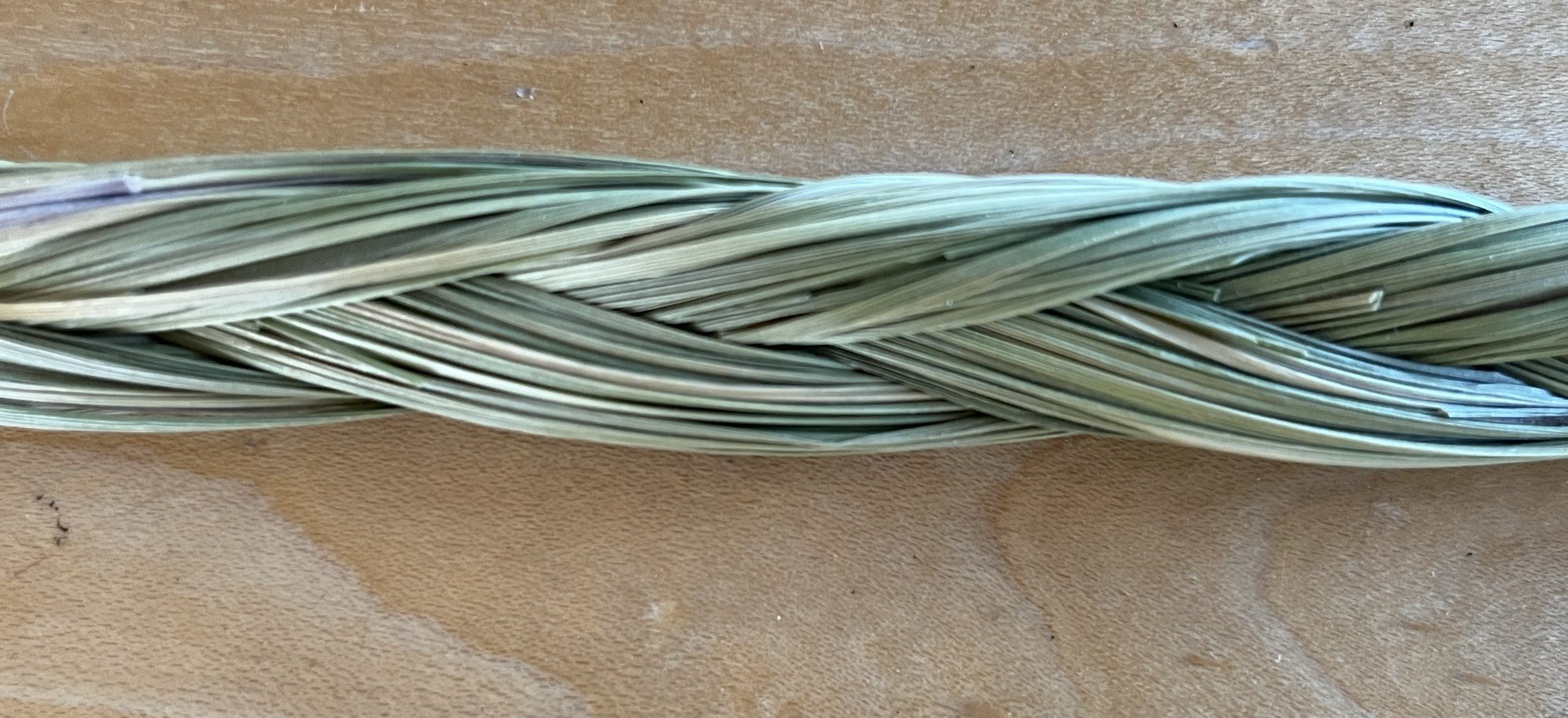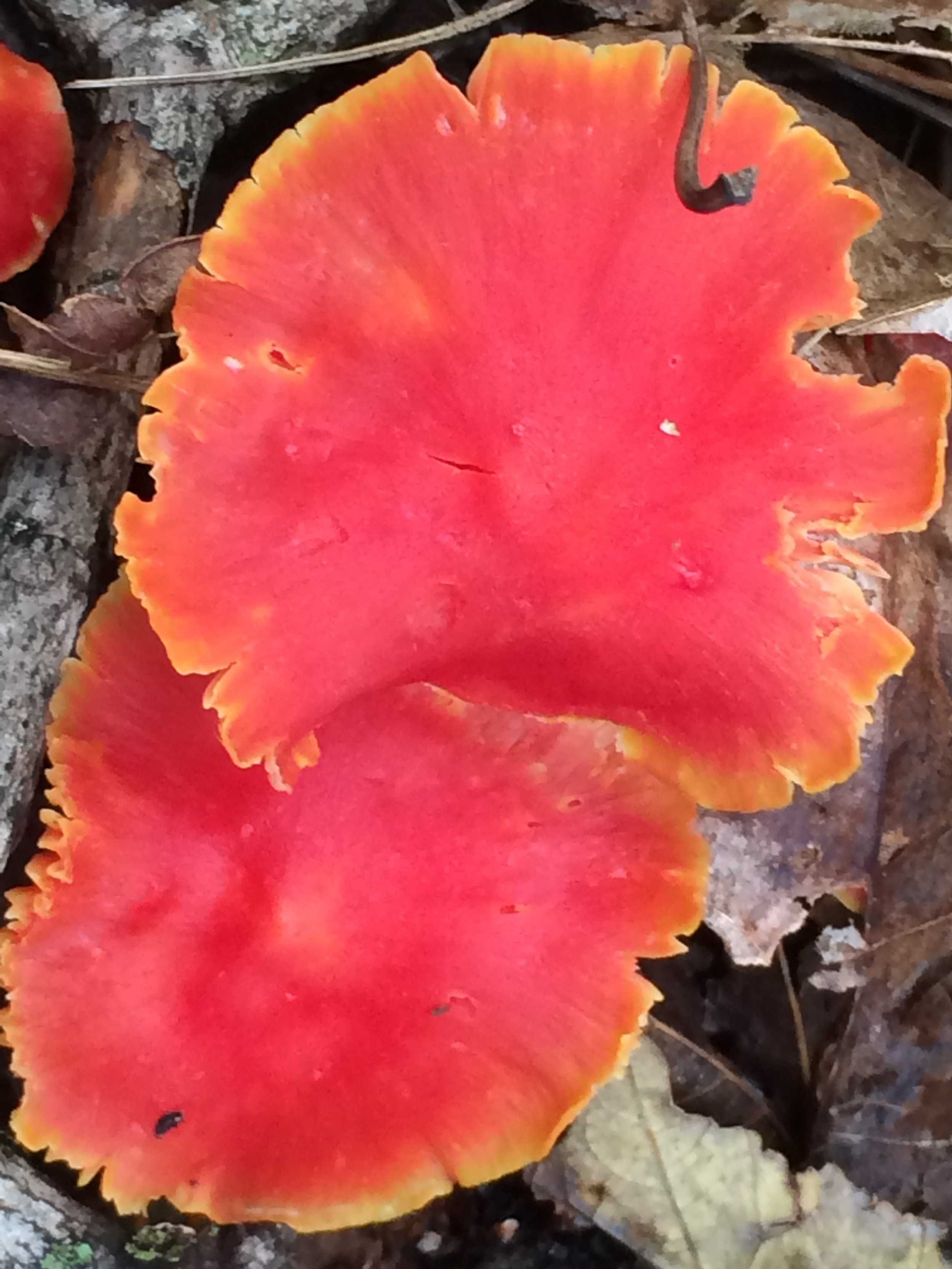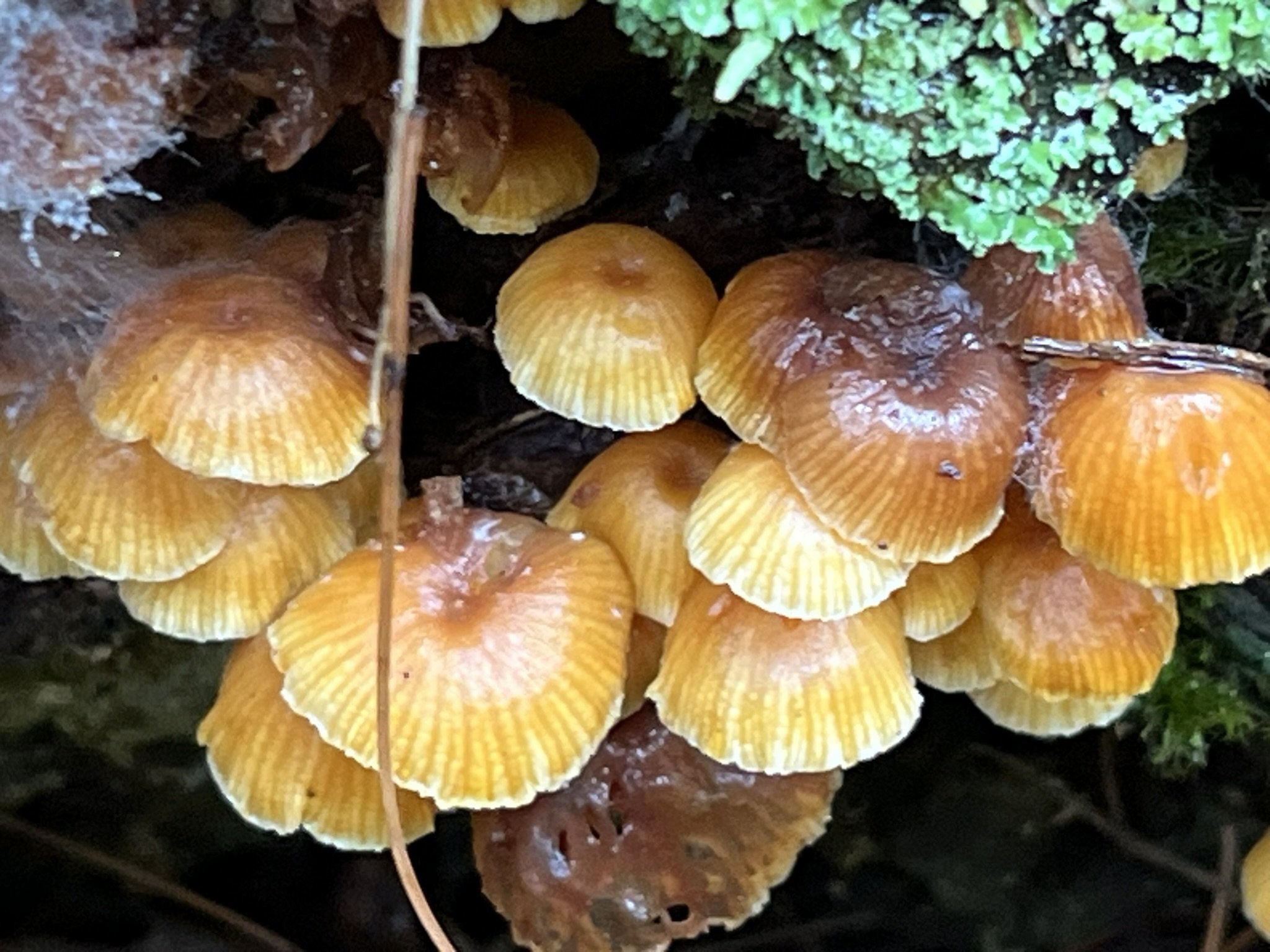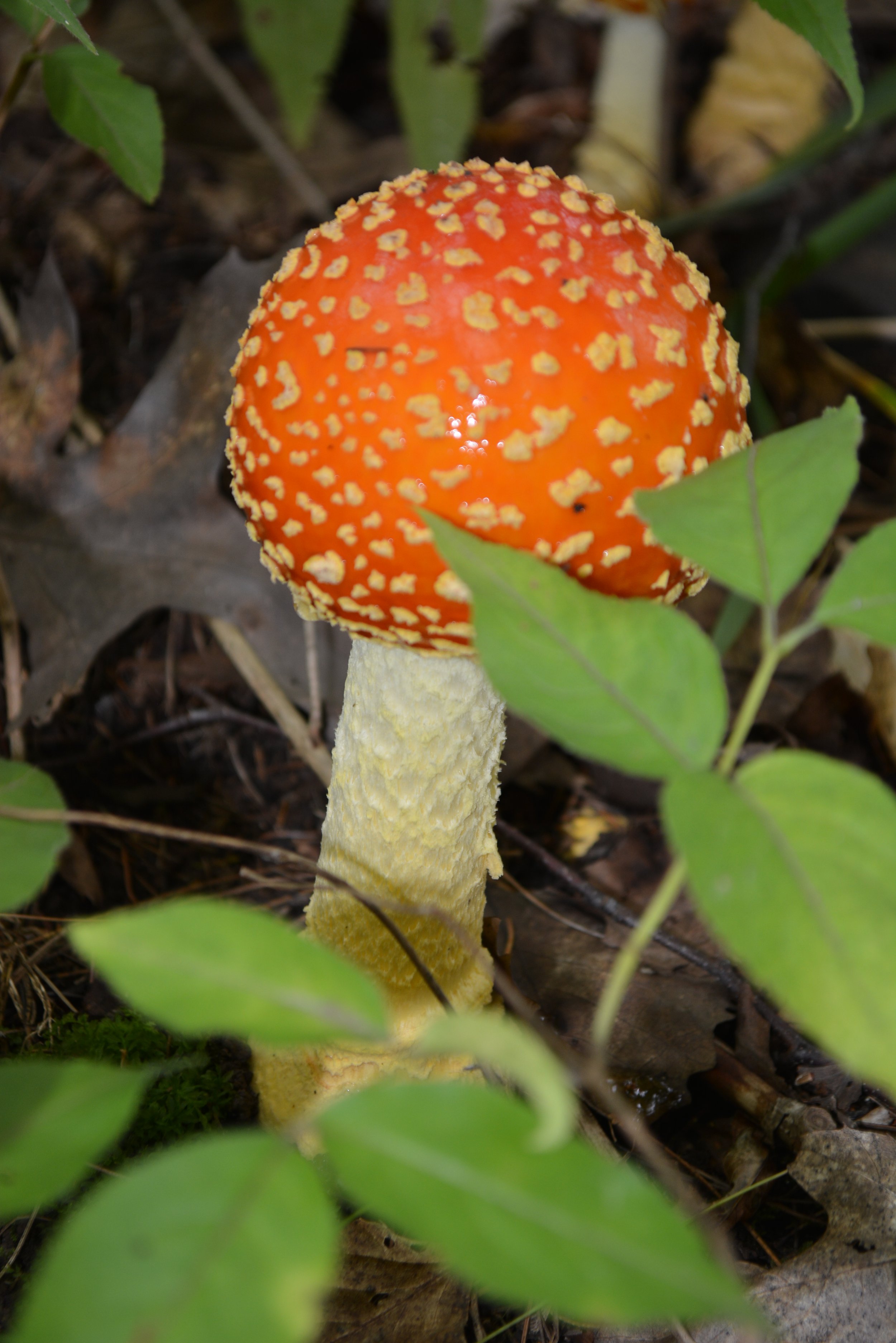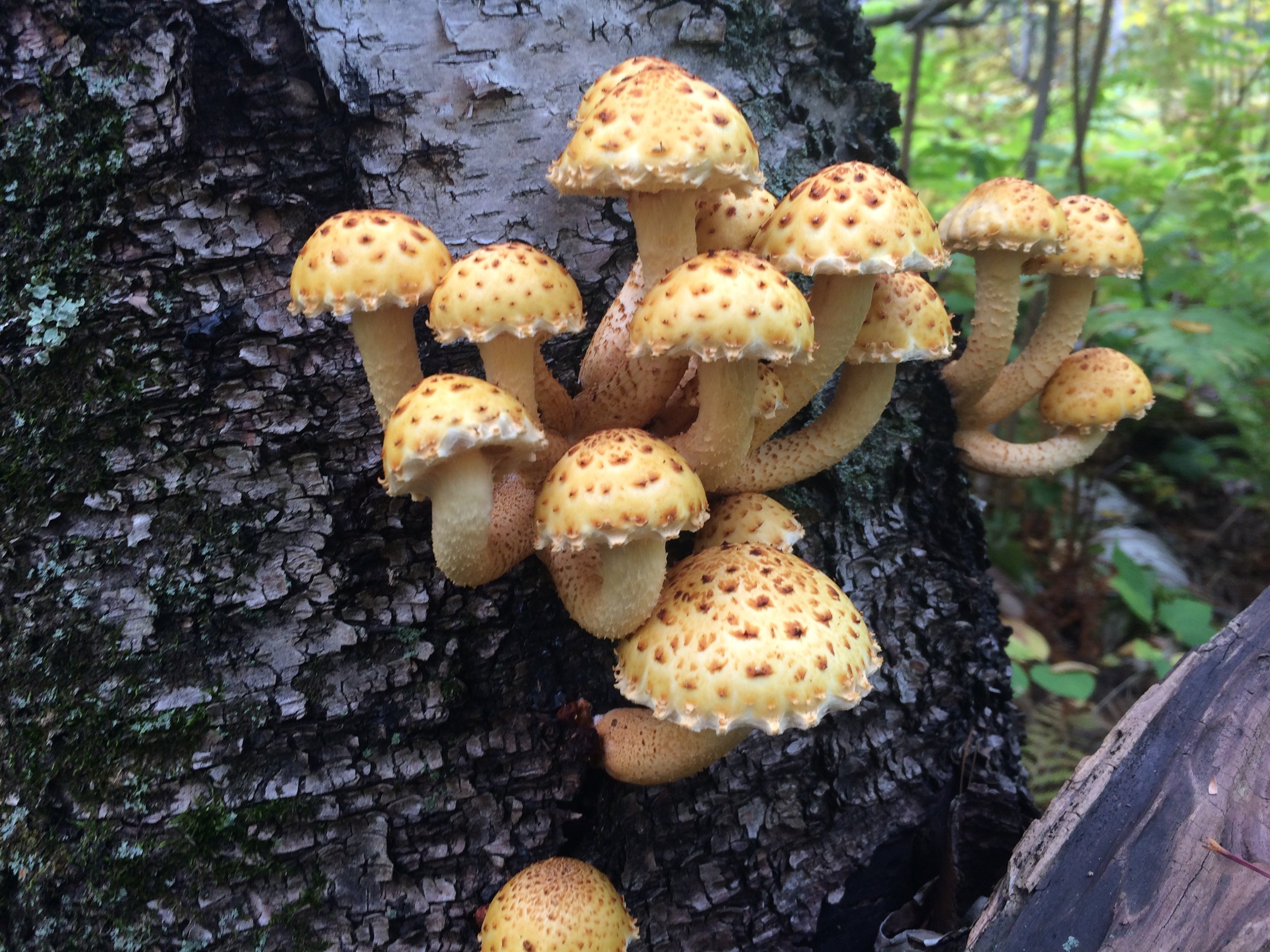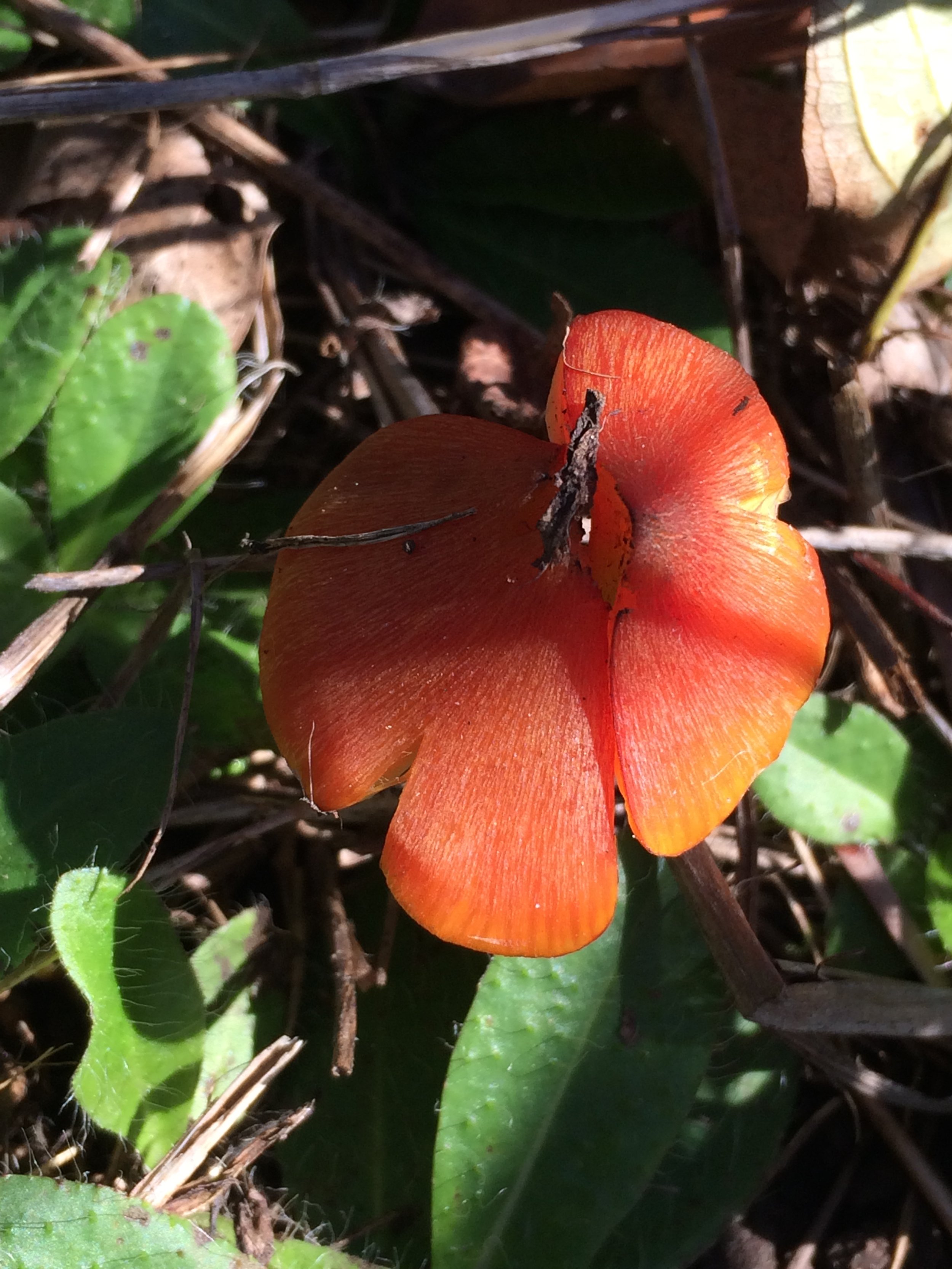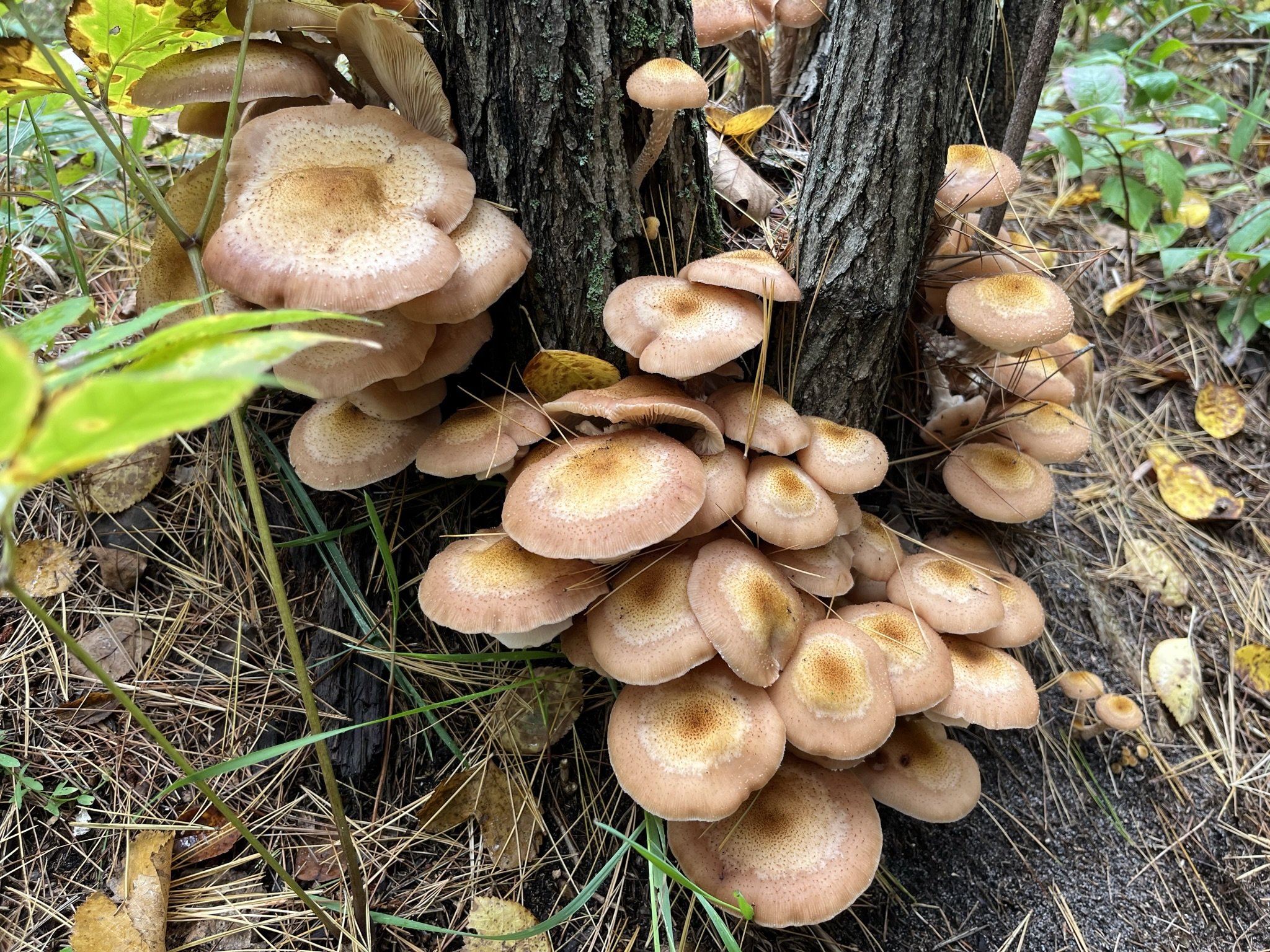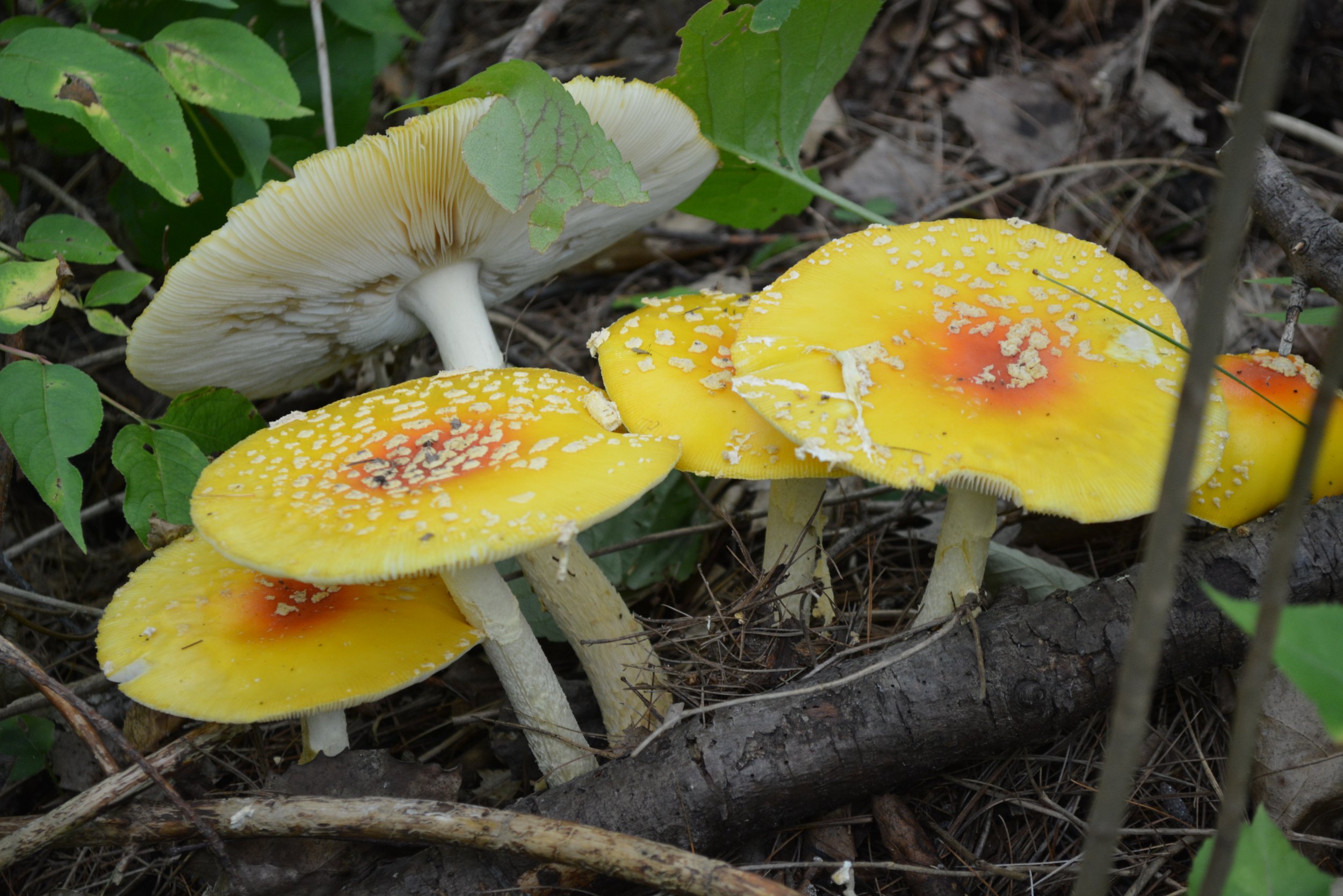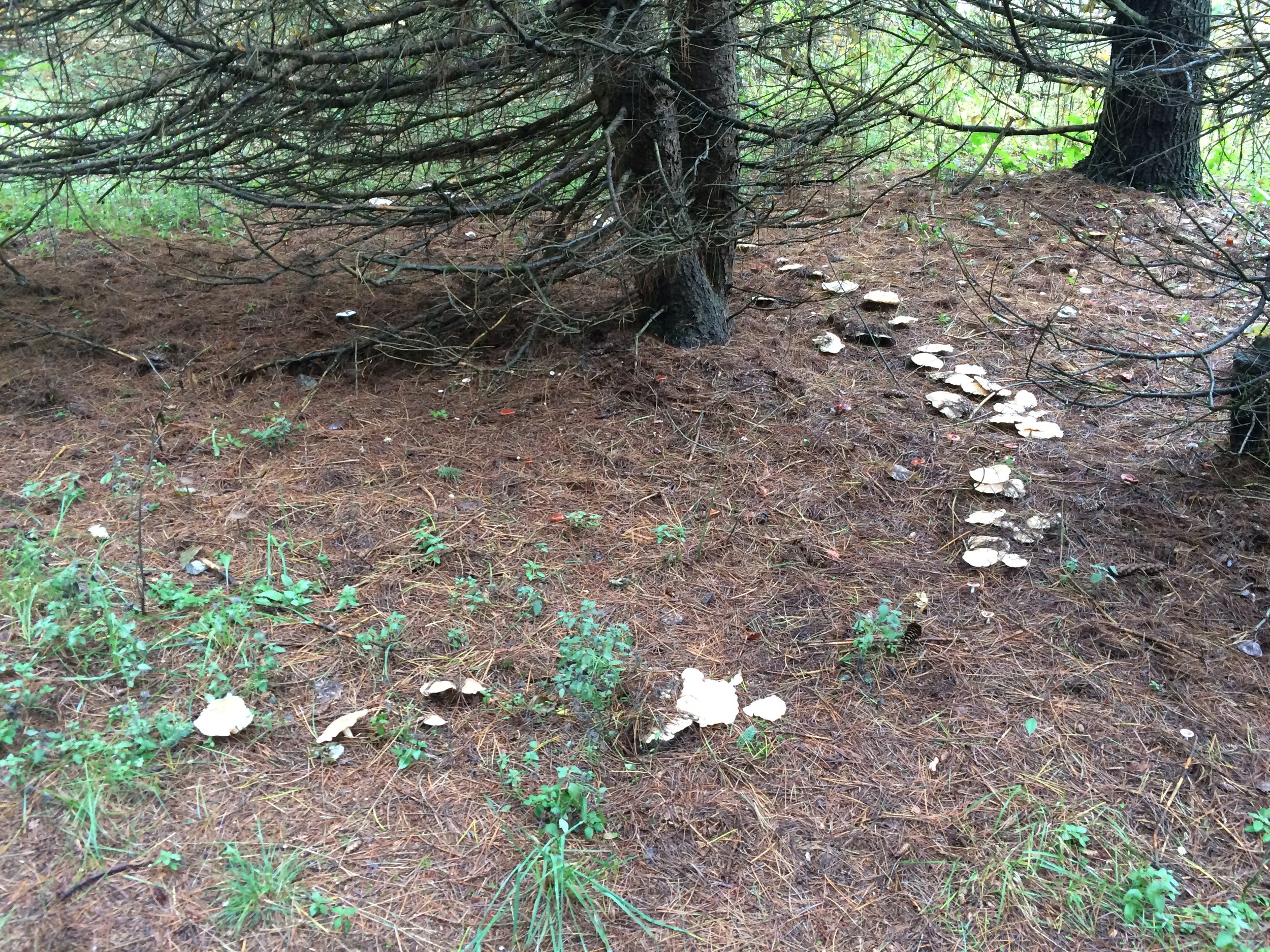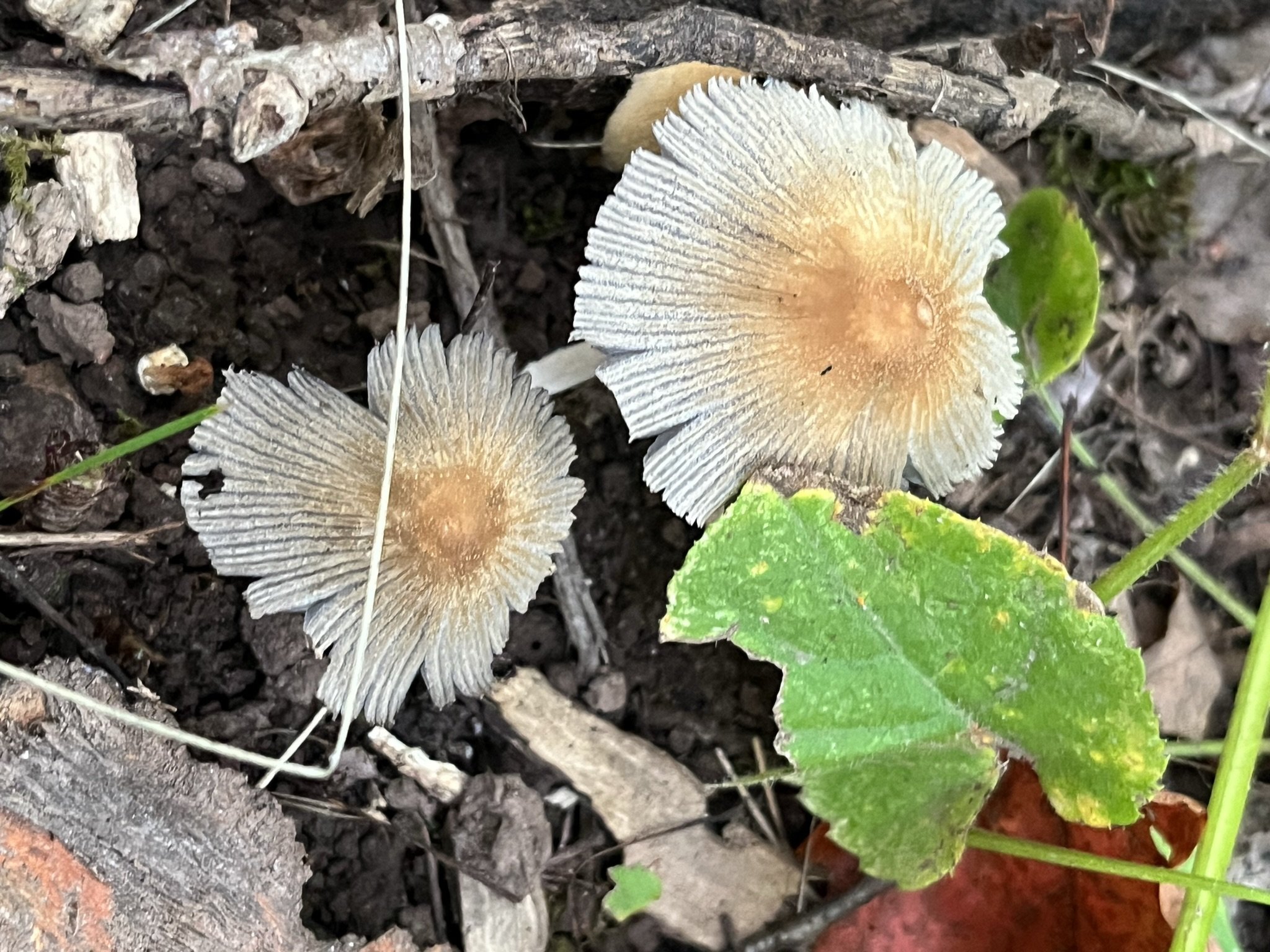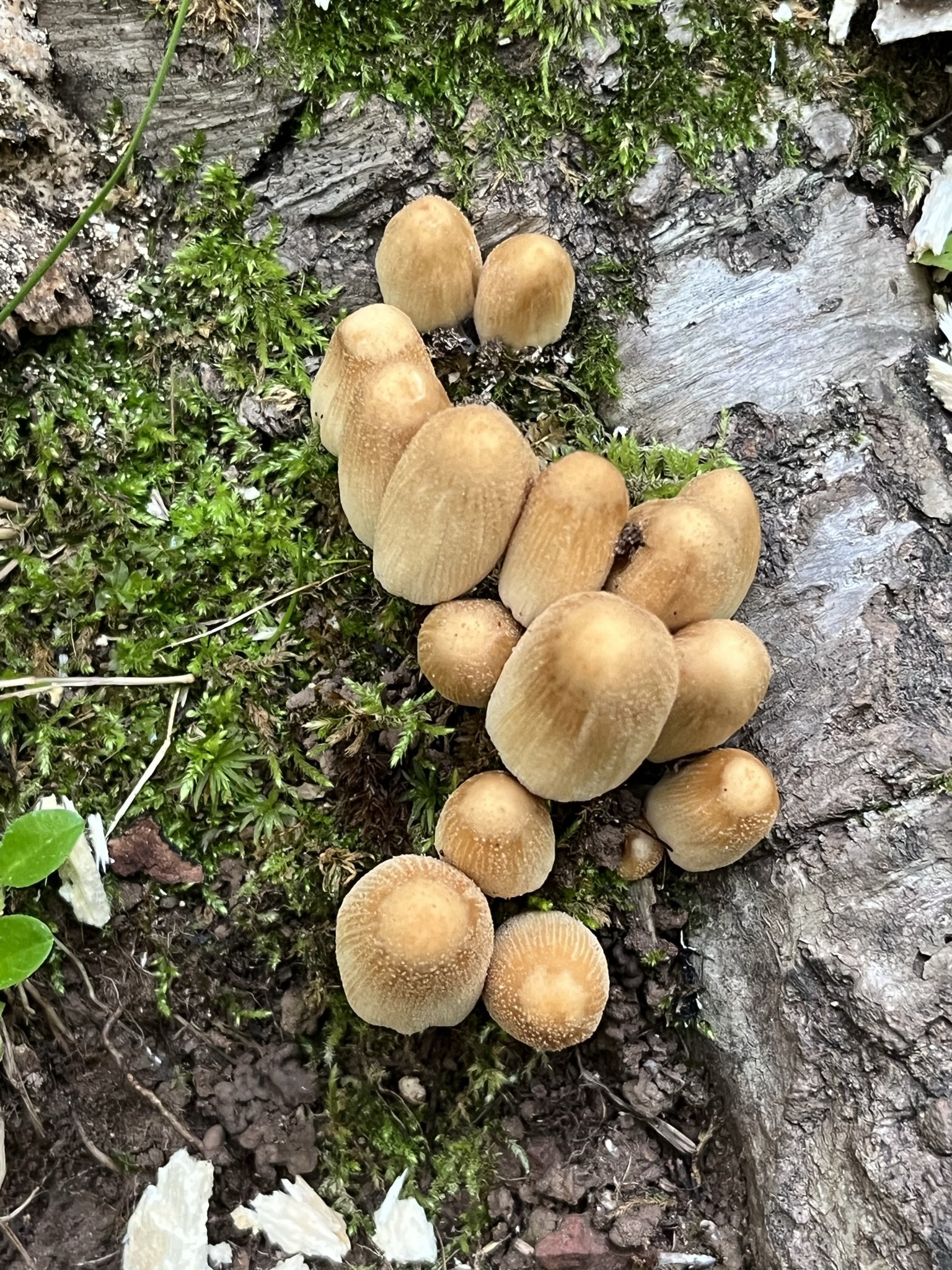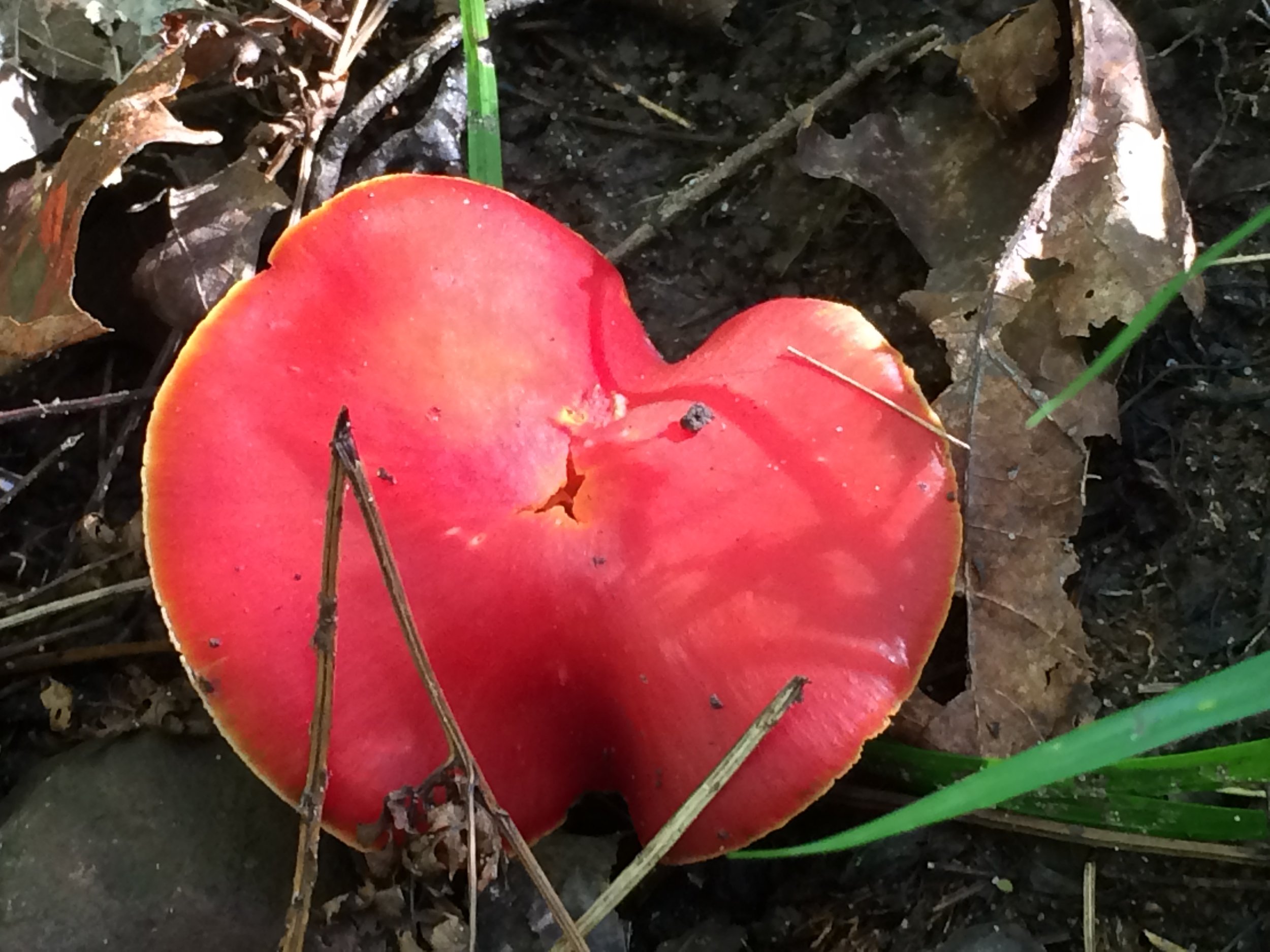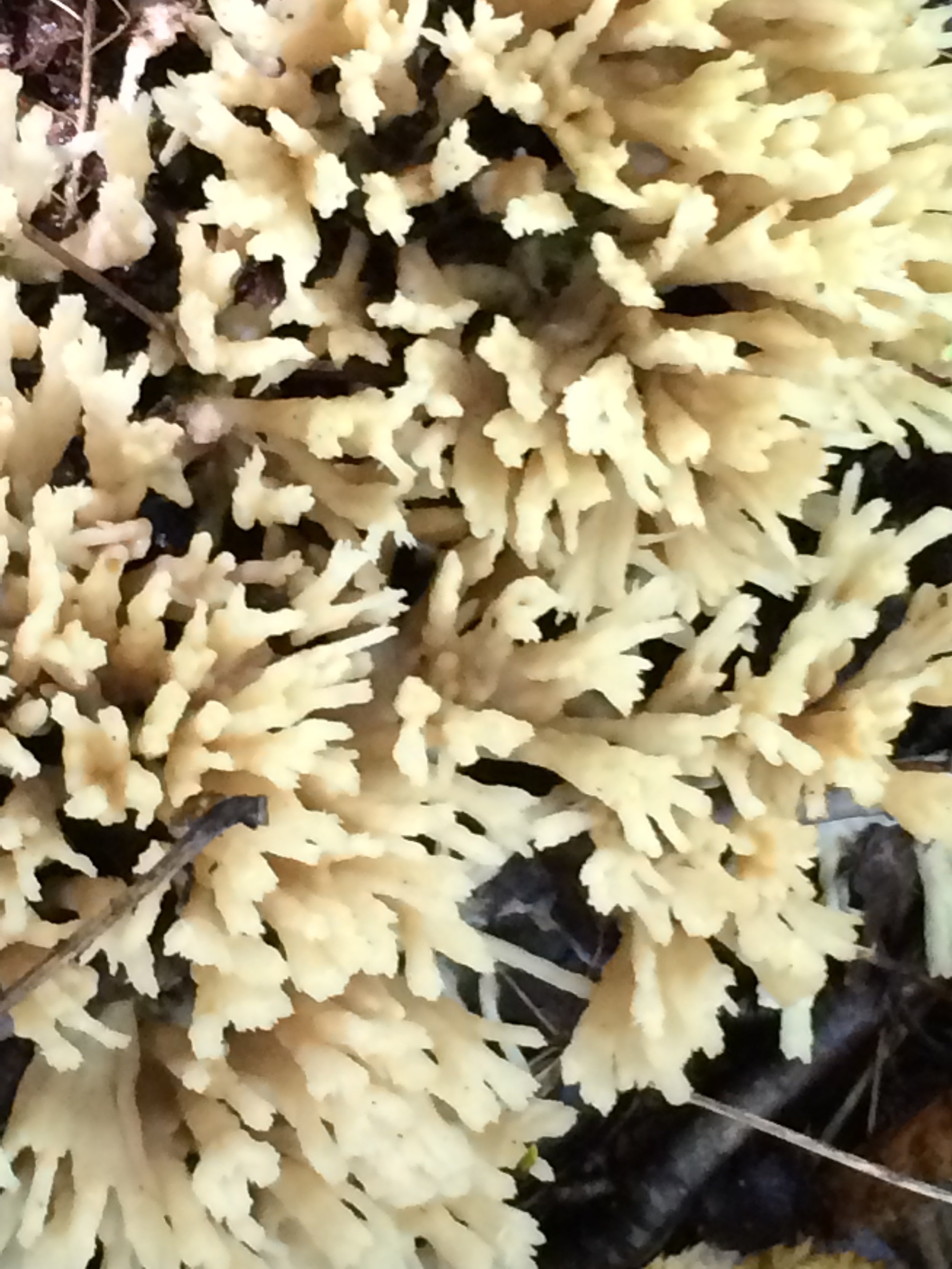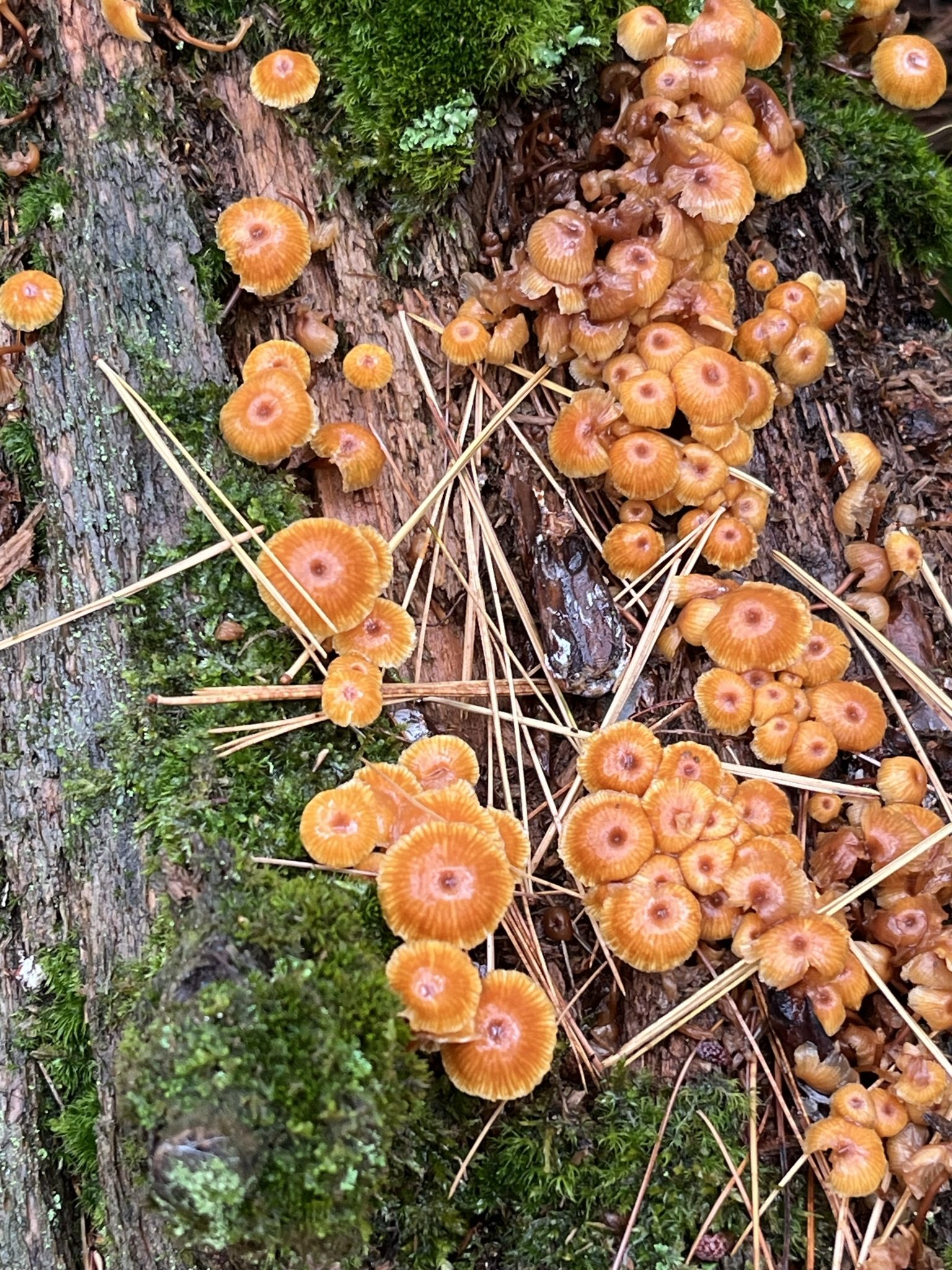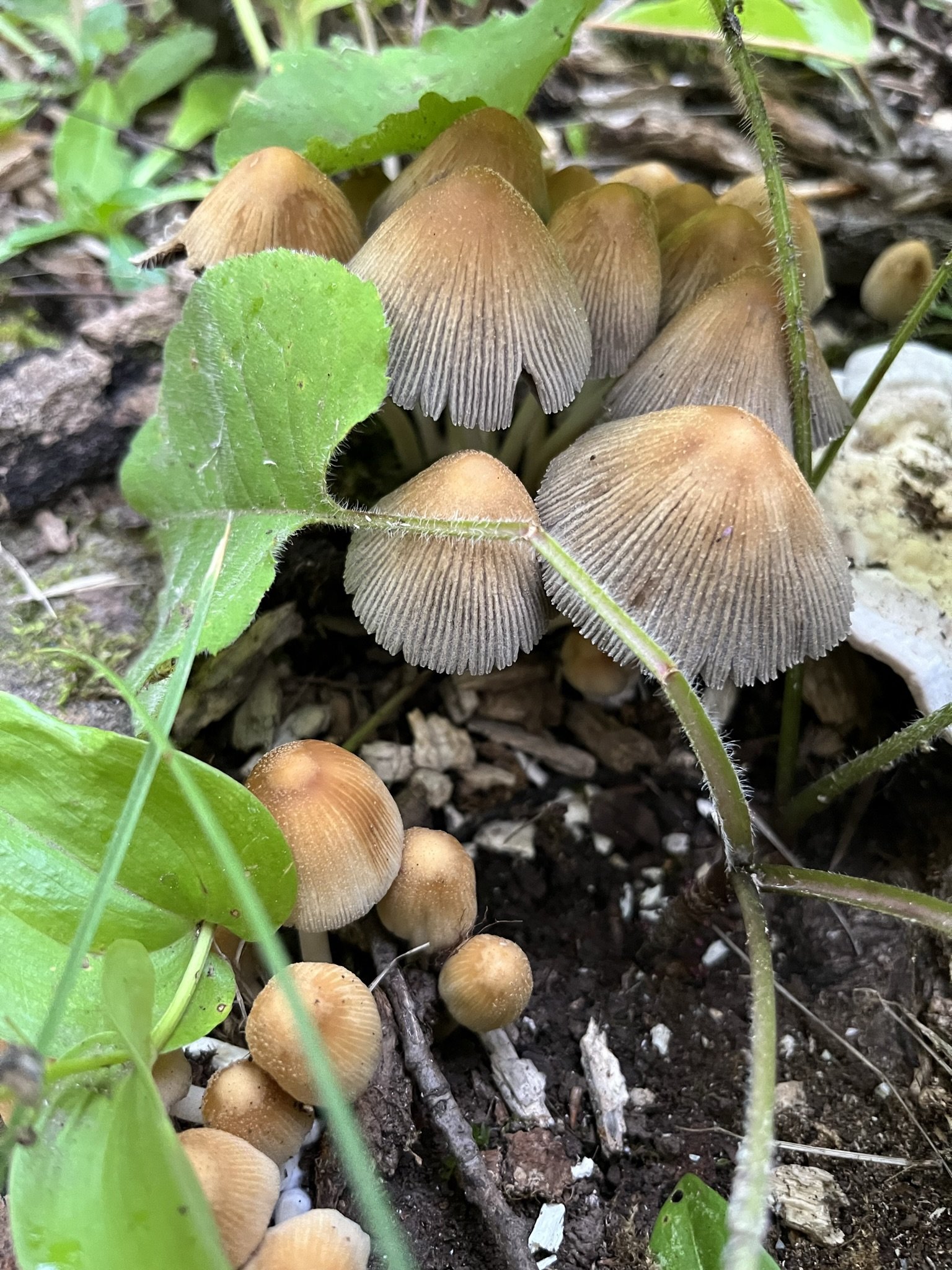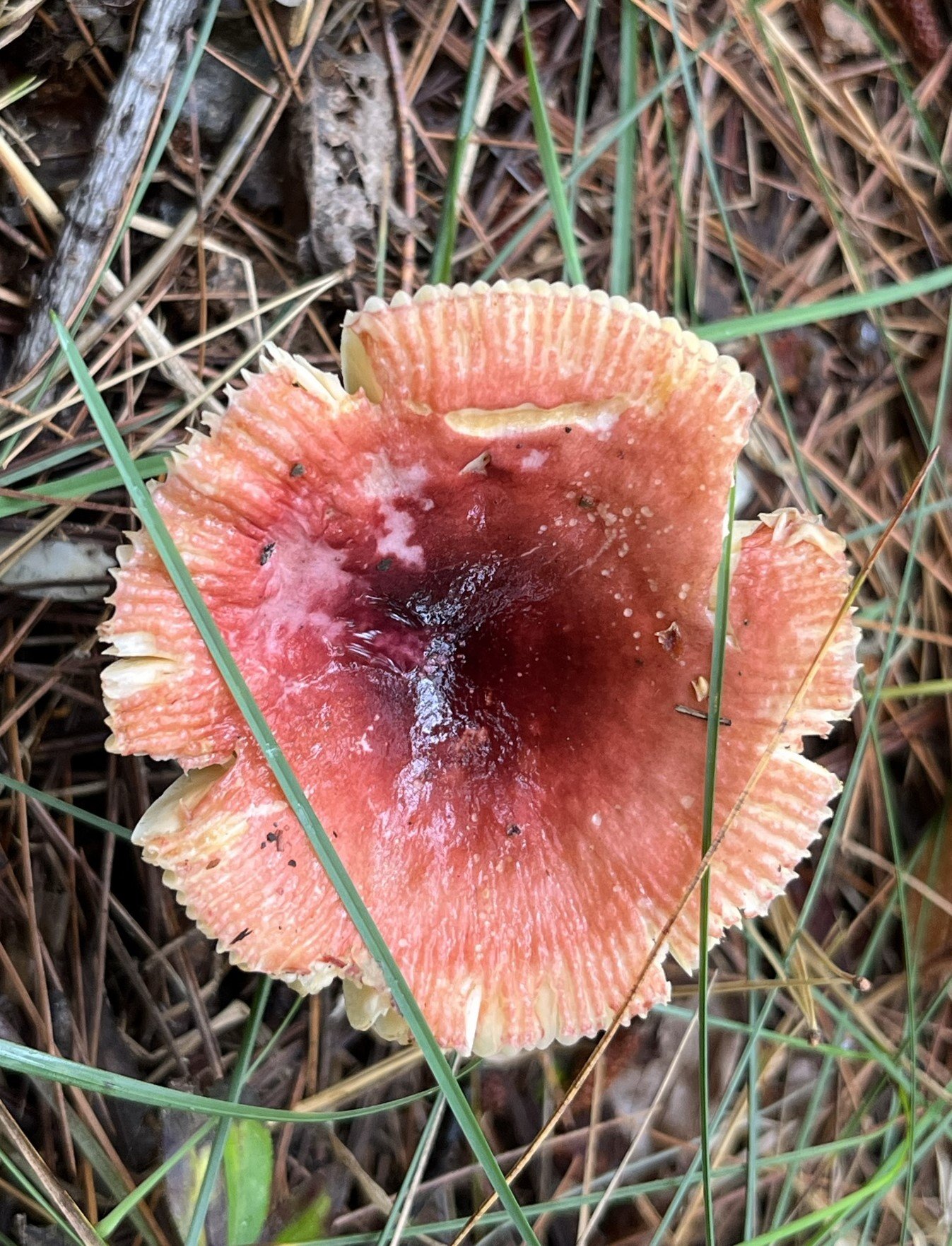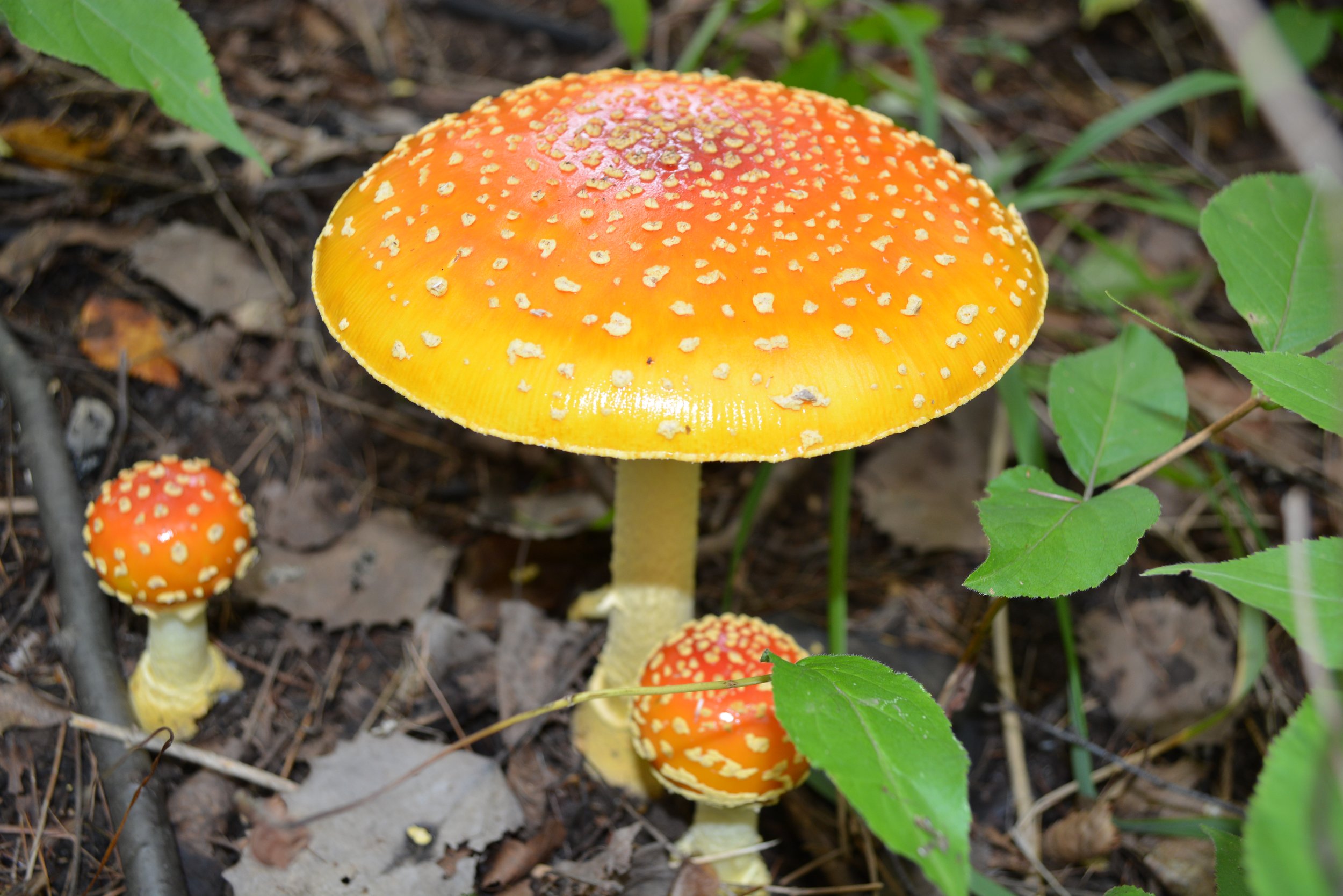This year marks the tenth anniversary of the publication of Robin Wall Kimmerer’s Braiding Sweetgrass. In honor of that, Milkweed Press asked readers to submit their thoughts on how Braiding Sweetgrass has changed them. Braiding Sweetgrass has become a bible of sorts for me. It has been with me now for so many years it's difficult to distinguish all the ways it has changed the way I see or act in the world from the resonances with those things I have always believed to be true. All I know is that my entire being reverberates with “yes!” in its reading.
I first learned of Braiding Sweetgrass listening to Kimmerer’s 2015 interview with Krista Tippett on On Being. I was immediately drawn in by her discussion of “the grammar of animacy,” referencing her Potawatomi language in which nouns are not gendered, but rather understood as either animate or inanimate. Most of those things we in the Western world understand as “inanimate” – rocks, trees, wind, water, soil, fungi, moss – indigenous cultures regard as alive, as living relatives. Having spent so much of my life working to change the cultural perceptions and limitations created by gendered language, I know full well the power of language to shape our understandings of the world. The more recent emphasis in Western culture on careful use of pronouns to describe a person’s gender identity underlines this as well. Kimmerer suggests we move beyond the use of “he, she, and they” to a far more inclusive pronoun of “ki” –from the Potawatomi word aki meaning “land” or “earth,” with the plural being “kin” – which I love. I honestly don’t know whether the grammar of animacy has changed my perception of the world, or expressed what I have always known to be true – that we are all kin, all earth-dwelling living beings, but it has given me the language for it, and for this I am deeply grateful.
Which brings me to the practice of gratitude. In Braiding Sweetgrass, Kimmerer shares the Haudensaunee daily practice of offering gratitude to the living world in “the Words that Come Before All Else.” Each day begins with the giving of thanks – “ . . . to our Mother the Earth, for she gives us everything that we need for life . . . , to all the waters of the world . . . , to all of the Fish life . . , to the Plant life . . ., the Food plants . . . , the Medicine Herbs . . . , the Trees . . . ., the beautiful animal life . . . , the birds . . . , the Four Winds . . . , the Thunder Beings . . . , the Sun . . . , to our oldest Grandmother, the Moon, . . ., the Stars . . . , the enlightened Teachers . . . , The Creator, or Great Spirit . . . . and all the gifts of Creation”(108-115). Each one is named and their gifts acknowledged in lyrical detail. On those days I remember, offering the Words that Come Before All Else has become an important practice for me, as I recall and give thanks for all the ways in which earth, water, plants, animals, stars, and spirit in all of their various forms and manifestations bless my life every day. Doing so fills my life with deep gratitude and appreciation, and is also an important reminder to me every day to do what I can to return the gift.
Kimmerer weaves the lessons of reciprocity throughout her book. This was not a new idea to me. Years ago, I wrote about reciprocity as one of the essential qualities of friendship.[i] I had also previously learned from indigenous elders the importance of returning the gifts of wisdom and teachings with gifts of tobacco and sweetgrass. But what Braiding Sweetgrass instilled in me was a new recognition of the importance of reciprocity with the gifts of the earth – whether pecans or maple syrup, sweetgrass or strawberries -- by taking care of the soil and water, protecting them from harm, planting new seeds. Reciprocity, she writes, is the very basis of our kinship with the world. In addition, her recognition of “writing as an act of reciprocity with the living land” (347), has helped assure me that in my writing I am not doing nothing, and inspires me to continue to use this gift of language as one way to act on my responsibility to nurture and protect the land.
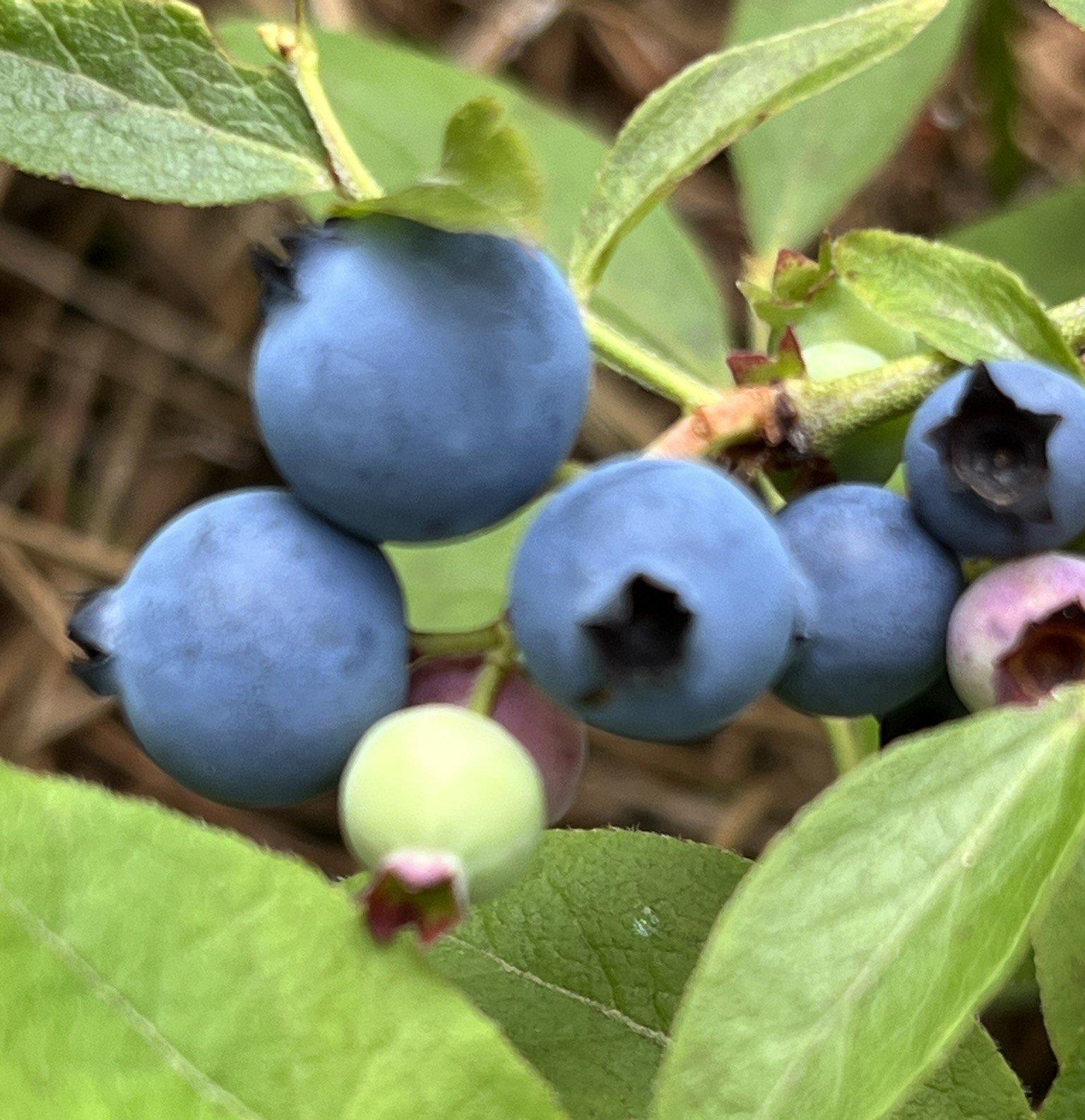
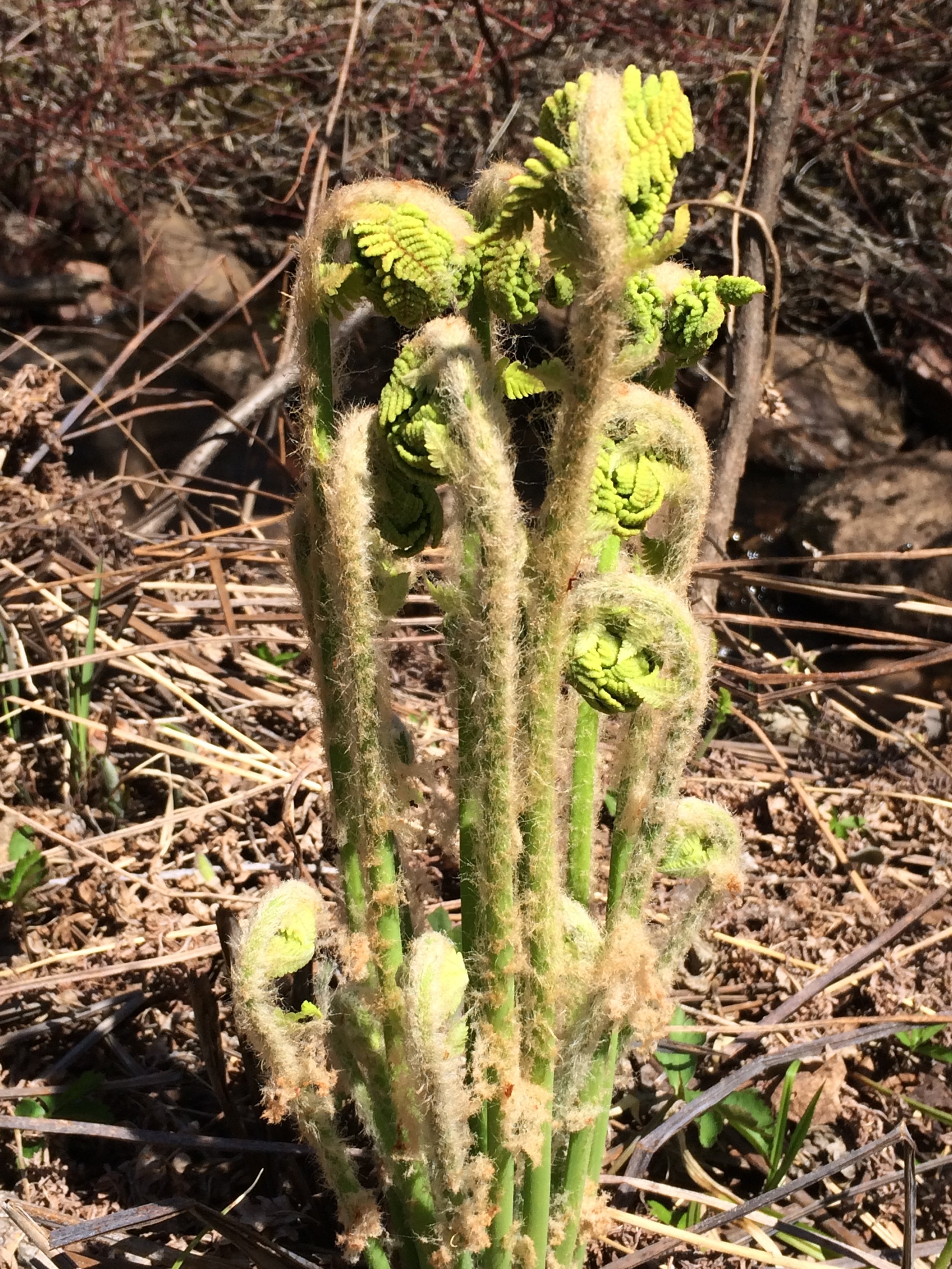
Kimmerer’s articulation of the Honorable Harvest has guided my harvesting of wild fruits and fiddleheads, but more widely it also has tempered my consumption of food, durable goods, energy, water. Among the guidelines, I carry these in my heart now like a mantra: “Never take the first. Never take the last. Take only what you need. Leave some for others. Harvest in a way that minimizes harm. Never waste what you have taken. Share. Give thanks. Give a gift in reciprocity. Sustain the ones who sustain you.” (183).
The story of the Windigo – the human who has become a cannibal monster which transforms its victims into cannibals, too -- makes me want to take care not to join forces with it. As she writes, “The more a Windigo eats, the more ravenous it becomes. It shrieks with its craving, its mind a torture of unmet want. Consumed by consumption, it lays waste to humankind” (305). Undoubtedly, I have been bitten by it at various times in my life, presenting my wants in the guise of needs, seducing me to take far more than my share, consuming for the sake of consumption itself. Her cautionary tale leads me to question in what ways my actions, or inactions, make me complicit with the Windigo, or not.
Buckthorn
She likens the Windigo to the invasive plant, buckthorn, which “takes over the forest, starving other plants of light and space. Buckthorn also poisons the soil, preventing the growth of any species but itself. . . “ (378). I’ve watched this takeover in places I love. Just over the hill lies Hartley Park that once for me was a lovely forest in which to wander. But now one can’t see the forest for the buckthorn that has filled the entire tract of land, destroying all the diverse plant life that once grew there. I’ve seen it slowly invading all the forests here but one. A year ago we cut and burned all the buckthorn on our property, only to have it grow back in multiple shoots at every stump, not unlike the ways in which greed for profit and fossil fuels seems to proliferate with every attempt to shut down a pipeline or install solar power. We’ve since learned better elimination techniques, and hopefully we are slowly routing it out. Certainly there is a lesson in this for myself, of the need to completely eliminate the roots of the destructive consumerism in me lest the desires multiply in response. “Gratitude,” Kimmerer writes, “is a powerful antidote to Windigo psychosis” (377). This, plus a refusal of participate in an economy that destroys the earth may be the undoing of the Windigo. Such refusal, she acknowledges, is “easy to write, harder to do,” but reading and re-reading Braiding Sweetgrass continues to inspire my determination.
So many other teachings have touched me, but I cannot conclude without mention of the word that she introduced forever into my vocabulary – puhpowee – the Anishinaabe word for “’the force which causes mushrooms to push up from the earth overnight’” (49). I have had a love affair with mushrooms for decades. One of my favorite photographic subjects, alive with variety of size, shape, and color, they always astonish. If there were a word like onomatopoeia for a word that sounds exactly like the action of something, I would use it to describe puhpowee, for it so accurately depicts the magical ways that mushrooms thrust up through the ground, literally overnight, appearing as if out of nowhere. They swell and blossom most in a soaking rain, so on rainy days I would take my young nephews on mushroom hunts where we would find our treasures large and small, bright and beautiful, clumped and singular and in enchanted fairy rings. Mushrooms are but the most obvious and outward manifestation of the fungal networks that almost invisibly make life possible. Neither plant nor animal, but a class unto themselves, fungi long ago paired with plants to create life-giving soil from bare rock.[ii] (In a more personal way, the immunosuppressant drug that daily makes life possible for me is also formed from fungus, as evident in its name – cyclosporine.) In their colorful arrays and magnificent generosity, fungal fruits demand our attention and our appreciation. I am grateful now to call them by a name most fitting for their powers of preternatural arising – puhpowee.
The influence of Braiding Sweetgrass on my life has been immeasurable and is ongoing. Like the puhpowee, these are but a few of the blossoms fruiting forth from its networks of nurture that continue to permeate my being. Each time I read it, I learn something new, gain important perspectives. One of the four sacred plants of the Anishinaabe, the others being tobacco, sage, and cedar, sweetgrass – wiingaashk -- is used to heal and purify, to create calm, peace, and harmony. Like the sacred plant, Braiding Sweetgrass is an ongoing gift of sacred wisdom that heals and brings peace and harmony, its fruits emerging like the puhpowee in surprising variety and beauty.
Sources
Bartlett, Elizabeth Ann. 2004. Rebellious Feminism: Camus’s Ethic of Rebellion and Feminist Thought. New York: Palgrave MacMillan.
Kimmerer, Robin Wall. 2013. Braiding Sweetgrass: Indigenous Wisdom, Scientific Knowledge, and the Teachings of Plants. Minneapolis: Milkweed Press.
NOVA | Ancient Earth: Life Rising | Season 50 | Episode 13 | PBS
[i] See the chapter on friendship in my Rebellious Feminism.
[ii] To learn of this in greater detail, see the NOVA episode “Ancient Earth: Life Rising.”
